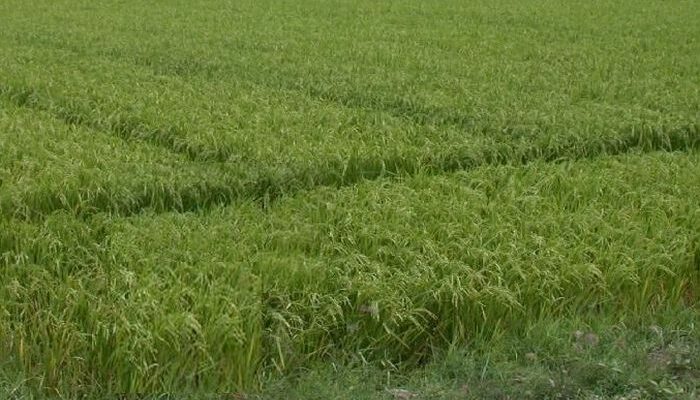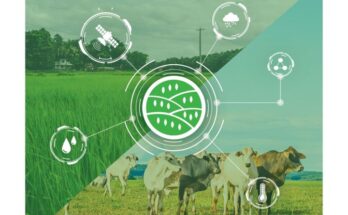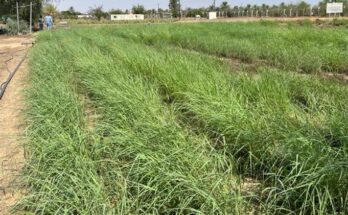As we stand at the crossroads of evolving climate patterns and burgeoning agricultural challenges, the role of parametric crop insurance has become increasingly pivotal. In the intricate web of risk mitigation strategies, parametric insurance stands out as a beacon of innovation, offering farmers a more efficient and responsive shield against the uncertainties posed by climate change and other unpredictable factors. In the year 2024, the parametric crop insurance market is poised for significant growth, driven by a confluence of factors that underscore its relevance and effectiveness in the modern agricultural landscape.
Climate Change and Agricultural Vulnerability
The spectre of climate change looms large over global agriculture, ushering in erratic weather patterns, extreme events, and heightened vulnerability for farmers. Traditional insurance models struggle to adapt to the dynamic nature of these risks from prolonged droughts to unexpected floods. Parametric crop insurance, however, operates on a different paradigm. Instead of indemnifying actual losses, it pays out based on predefined parameters such as temperature, rainfall, or other measurable variables. This shift in approach allows for quicker and more transparent claims settlements, providing farmers with timely financial support when they need it the most.
Advantages of Driving Adoption
Several key advantages are propelling the adoption of parametric crop insurance, contributing to the anticipated growth in 2024.
Timely Payouts
Unlike traditional insurance, which often requires time-consuming loss assessments, parametric insurance triggers payouts automatically when predefined thresholds are met. This ensures that farmers receive financial assistance promptly, allowing them to mitigate losses and resume operations without prolonged disruptions.
Transparency and Trust
Parametric insurance eliminates the ambiguity associated with claims assessment, fostering transparency in the insurance process. The reliance on verifiable data and predefined parameters builds trust among farmers, insurers, and other stakeholders, creating a more robust and efficient risk management system.
You may also like to read: Covering small-scale farmers with agricultural insurance can bridge the food security gap
Customization and Flexibility
Parametric insurance allows for a high degree of customization to suit the unique needs of different agricultural regions. By tailoring parameters to specific crops and local climate conditions, insurers can provide farmers with more relevant coverage, enhancing the resilience of agriculture against diverse and evolving risks.
Cost-Efficiency
The streamlined process of parametric insurance reduces administrative overheads and eliminates the need for extensive field assessments, making it a cost-effective solution for both insurers and farmers. This cost-efficiency is a significant driver for the growing popularity of parametric crop insurance.
Data and Technology Integration
The proliferation of advanced technologies, including satellite imagery, weather stations, and data analytics, has empowered parametric insurance to operate with unprecedented accuracy. Insurers can leverage real-time data to calibrate parameters and assess risks more precisely, further enhancing the effectiveness of this insurance model.
Global Adoption and Regulatory Support
The positive momentum behind parametric crop insurance is not confined to specific regions; rather, it is gaining traction on a global scale. Governments and regulatory bodies are recognising the potential of this innovative insurance model to bolster agricultural resilience. Supportive policies and initiatives are being introduced to encourage the adoption of parametric insurance, further fueling its anticipated growth in 2024.
Challenges and Future Prospects
While the prospects for parametric crop insurance are promising, challenges persist. The reliance on predefined parameters raises questions about the adequacy and accuracy of these metrics in capturing the complexity of agricultural risks. Ongoing research and collaboration between insurers, scientists, and policymakers are essential to refine and expand the scope of parametric insurance.
You may also like to read: Secretary, DoF calls for concerted efforts to reach benefits of Aquaculture Crop Insurance Scheme to fishers
Looking ahead, the integration of emerging technologies, such as blockchain and artificial intelligence, holds the key to unlocking new dimensions of efficiency and accuracy in parametric insurance. These technologies can streamline data management, enhance risk modelling, and facilitate seamless transactions, reinforcing the foundations of parametric crop insurance.
Conclusion
As the parametric crop insurance market celebrates a surge in growth in 2024, it signifies a collective response to the challenges faced by agriculture in an era of climate uncertainty. The unique advantages offered by parametric insurance, including timely payouts, transparency, and cost-efficiency, position it as a transformative force in the risk management landscape. With continued innovation, regulatory support, and a commitment to addressing challenges, parametric crop insurance is poised to play a pivotal role in safeguarding global agriculture against the unpredictable forces of nature.
(Anuj Kumbhat, Co-Founder & CEO, WRMS. Views expressed in the article are author’s own.)





